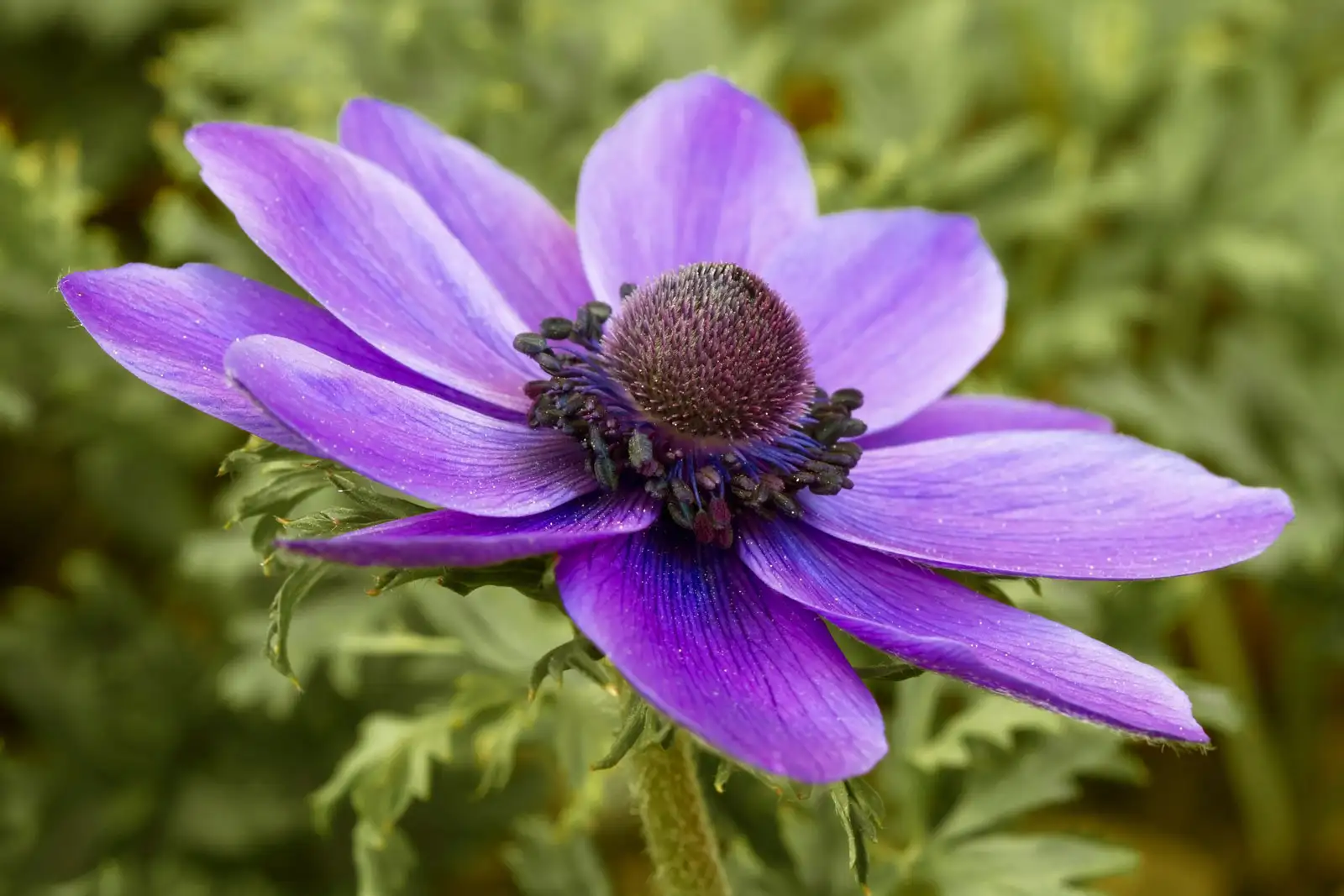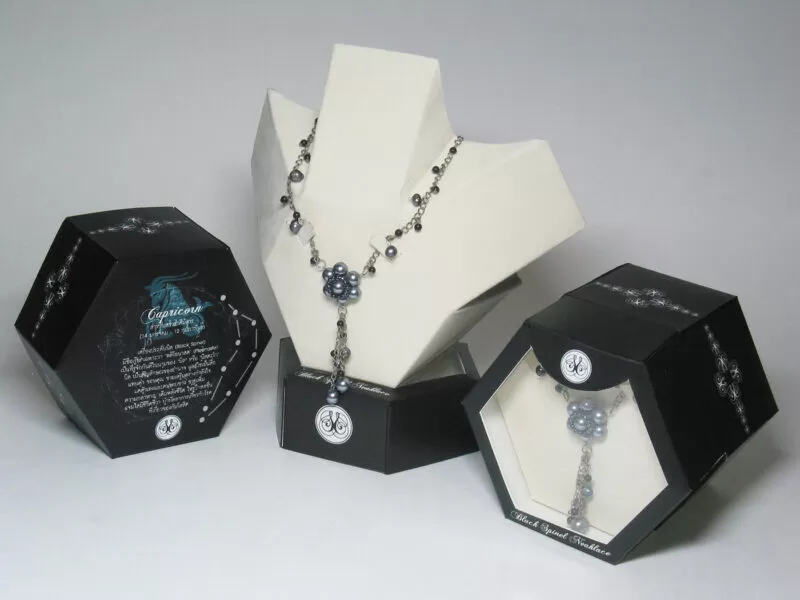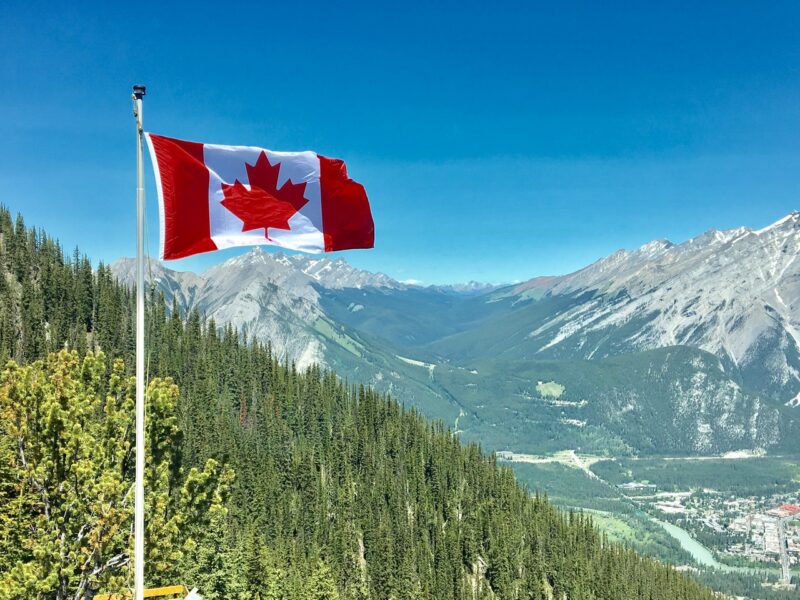Angiosperms, or blooming plants, are the biggest of the multitude of divisions of the plant realm. Except for outrageous environments, angiosperms populate each land biome and the amphibian local area. They are a significant food hotspot for creatures and people, and a significant financial hotspot for the development of different business items. Angiosperms vary from non-vascular plants in that they have a vascular vehicle framework to convey water and supplements to various pieces of the plant.
Get to know more here
Blossom plant parts
The pieces of a blooming plant are described by two essential frameworks: a root foundation and a shoot framework. The root foundation is ordinarily subterranean and effectively gets supplements and anchors the plant in the dirt. The shoot framework comprises stems, leaves, and blossoms. These two frameworks are associated with vascular tissue. Vascular tissues called xylem and phloem are comprised of particular plant cells that run from root to shoot. They transport water and supplements all through the plant.
Leaves are a significant part of the shooting framework as they are the designs through which plants get nourishment by photosynthesis. Leaves contain organelles called chloroplasts which are the locales of photosynthesis. The gas trade expected for photosynthesis happens through the opening and shutting of little leaf pores called stomata. Angiosperms’ capacity to drop their foliage assists the plant with saving energy and diminishing water misfortune during cool, dry months.
Get to know more about the flag of Colombia
The bloom, which is likewise a part of the shooting framework, is liable for seed improvement and proliferation. Angiosperms have four primary bloom parts: sepals, petals, stamens, and carpels. After fertilization, the plant carpel forms into a natural product. Both the blossom and the organic product are in many cases hued to draw in pollinators and creatures that eat the natural product. When the natural product is eaten, the seeds go through the creature’s stomach-related framework and are put away in a far-off area. This permits angiosperms to spread and populate various regions.
Woody and herbaceous plants
Angiosperms can be woody or herbivorous. Woody plants have optional tissue (bark) that encompasses the stem. They can live for a long time. Instances of woody plants incorporate trees and a few bushes. Herbivorous plants need woody stems and are named annuals, biennials, and perennials. Annuals live for a year or somewhere in the vicinity, biennials live for quite a long time, and perennials return many years for a very long time. Instances of herbaceous plants incorporate beans, carrots, and corn.
Angiosperm life cycle
Angiosperms create and duplicate by a cycle called rotation of ages. They cycle between an abiogenetic stage and an asexual stage. The abiogenetic stage is known as the sporophyte age since it includes the creation of spores. The sexual stage includes the development of gametes and is called gametophyte age. Male and female gametes foster inside the bloom of the plant. Male microspores are held inside the dust and form into sperm. Female megaspores form into egg cells in the plant’s ovary. Angiosperms rely upon wind, creatures, and bugs for fertilization. Prepared eggs form into seeds and the ovary of the encompassing plant turns into the natural product. Natural product advancement separates angiosperms from other blossoming plants called gymnosperms.
Key Takeaway: Angiosperms
Angiosperms are plants that produce blossoms. Blooming plants additionally produce organic products that cover and safeguard the angiosperm seeds.
Angiosperms are organized in a root foundation and a shoot framework. Assistant roots are beneath the ground. The shoot framework is comprised of stems, leaves, and blossoms.
There are two kinds of angiosperms woody and herbaceous plants. Woody plants incorporate trees and a few bushes. Herbivorous plants incorporate beans and corn.
Angiosperms cycle between an agamic stage and an asexual stage over the course of the shift ages.
Contingent upon the sort of seed, angiosperms have been named either monocotyledon or dicotyledonous. Monocots incorporate grasses, grains, and orchids. Dicots incorporate trees, plants, and natural product plants.



